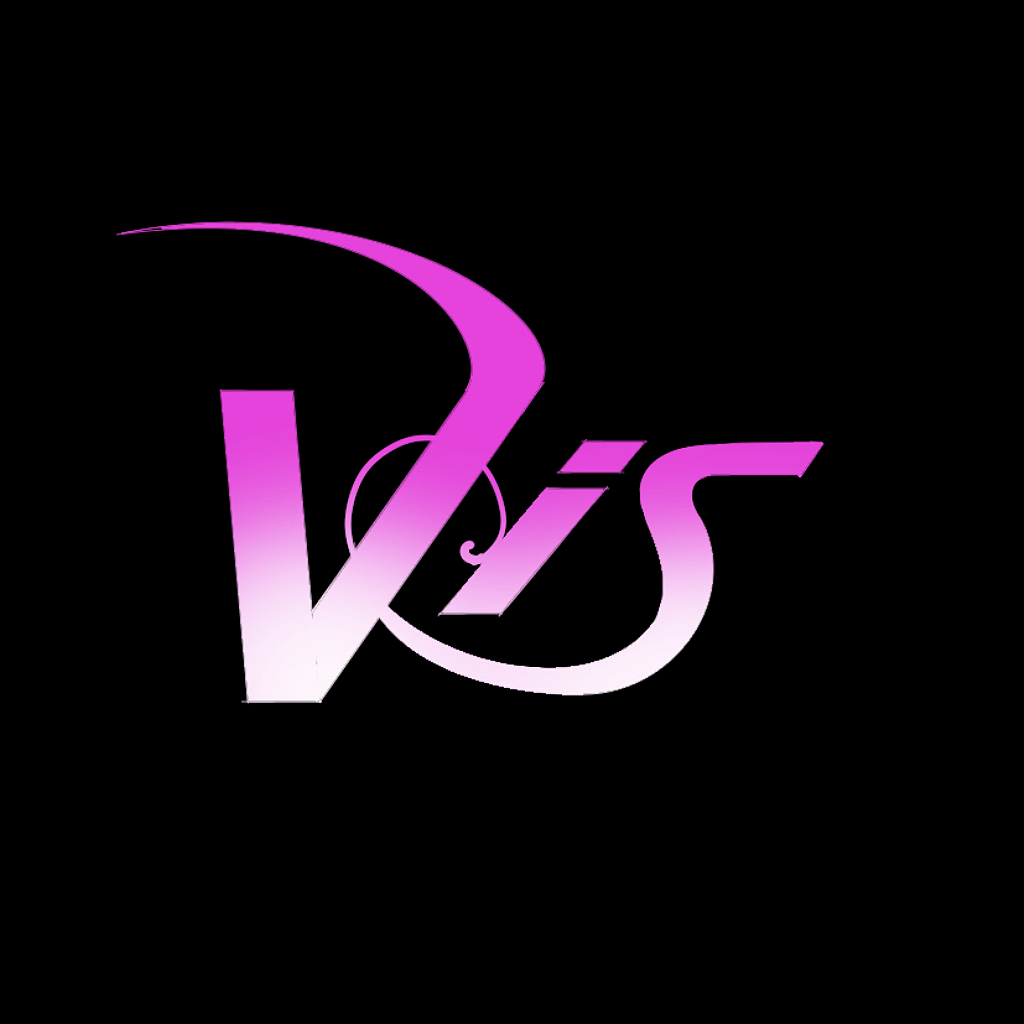Heavy Metal
Heavy Metal music was birthed by a Birmingham band called Black Sabbath in the late-1960s and early-1970s, and this as a reaction against the “good vibrations” of the 1960s and the glam and glitter of the early-1970s rock industry, and the toothlessness of 1960s anti-establishment artists, who by the end of the decade had increasingly become part of the establishment themselves.1 From its inception, this new genre, which took its cues from Blues Rock and psychedelia, blending “soaring vocals and a heavy, distorted, yet virtuosic style of guitar playing,”2 was criticized for being “violent, aggressive, dark, depressing, angry, and misogynistic.”3 And no surprise there, because it was outsider music for outsiders – mostly young men who faced economic and personal hardship.
Little did people know then that things were to get only more and more extreme in every imaginable way. But it would take about two decades before Heavy Metal started to branch out in the evermore extreme subgenres of Thrash, Death, Doom, and Black Metal (these will be discussed below), because that’s how long it took for Heavy Metal to enter the mainstream of music. Of course, once that happened, many felt that Heavy Metal had become too commercial and too popular. Indeed, by the mid- to late-1980s, Heavy Metal had lost much of its original bark; now it was time to make things insular again, which is to say doing something that is not appreciated by many, something different and out of the mainstream.
What this means for our purposes is that we’re looking at two decades of design evolution. Which is why I struggled to find a quintessential example of a pure, Heavy Metal Rock logo that I could use as inspiration, because these types of logos are kinda all over the place style-wise, from (initial) wordmark (i.e. type-only) logos of 1970s Heavy Metal bands (Black Sabbath, Judas Priest, Motörhead, Scorpions) to the extremely diverse custom logos of 1980s Heavy Metal bands. The latter range from rough, sketchy logos (Skid Row) to airbrushed or painted designs (Y&T) to logos that have a “Saturday-morning cartoon” feel to them (Danger Danger).
But I’d say generally, as opposed to other the (sub)genres that we discuss in the paper, Heavy Metal logos take their cues from biker and ersatz Nazi aesthetics with sometimes Runic motifs and stereotypically have a blocky feel to them. They’re also often colorful in terms of hues and tinges.

Some Heavy Metal bands to check out:
- Black Sabbath
- Judas Priest
- Rainbow
Related (sub)genre(s):
Reference(s):
[1] C. Harison. “Won’t Get Fooled Again”: The Atlantic Generation Comes of Age. Feedback: The Who and their Generation, pp. 156-57, 2014.
[2] M. Philippov. I: The Limits of Music Criticism. In Death Metal and Music Criticism: Analysis at the Limits, 2012.
[3] E. Nielson. Rap on Trial: Race, Lyrics, and Guilt in America, p. 89, 2019; and M. Phillipov. Death Metal and Music Criticism: Analysis at the Limits, p. 55, 2012.
Take me back to the sample overview.



